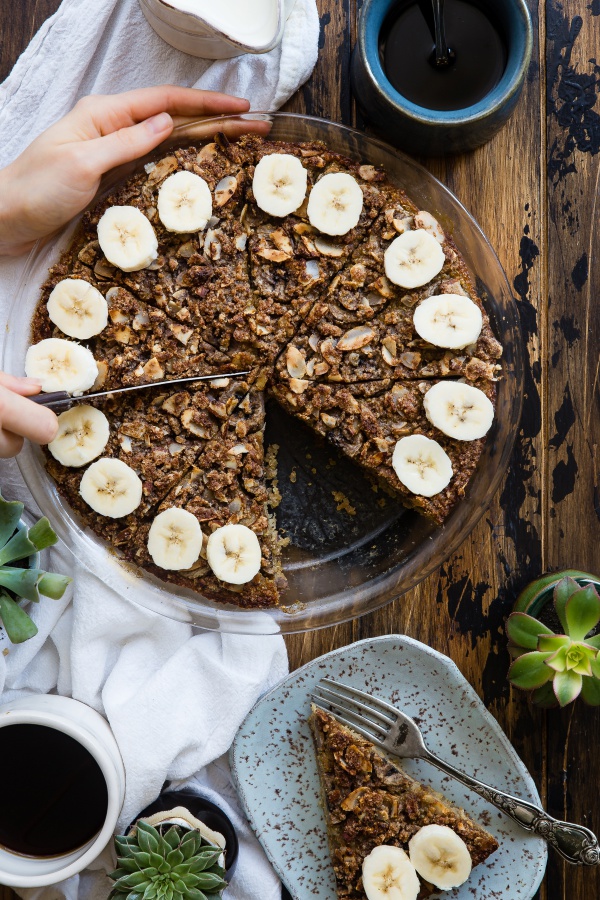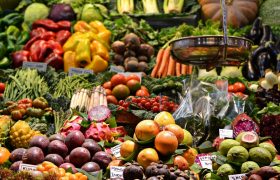Celiac Disease Signs and Symptoms in Children

No one is really sure about why kids get celiac disease, but it does seem to run in families. It seems to be more common in people from areas of northern Europe and the United States. One in every 133 people in the United States has celiac disease. Most people that have this disease don’t know it. If all people that had it were diagnosed, this disease would be more common than type 1 diabetes. The good thing is there is more knowledge and there are tests out for people to get tested. Some of the signs and symptoms are diarrhea, low appetite, stomachaches, bloating, weight loss, and low growth. Children are diagnosed between the ages of 6 months and 2 years old, which is when they first taste gluten in their food. For some people, the symptoms come on slowly and may be bad one week and not the next week. This is the reason some people are not diagnosed with celiac disease until they are much older. This is a chronic condition, which means it comes and goes, but people diagnosed with celiac disease will have this for life.
People that have this disease can feel tired and can also become grouchy. Some get rashes and mouth sores. This might be mistaken for different digestive problems called inflammatory bowel disease or IBD or lactose intolerance. Sometimes, a child won’t have any symptoms and then suddenly will start having problems when stress happens like after an injury.
If you have quite a few stomachaches, diarrhea, weight loss, or any other symptoms of celiac disease, it’s time to talk to a doctor. It’s good to find out early and this can be detected by a simple blood test. If the test shows that the person might have this disease, then it’s time to see a gastroenterologist, one who specializes in the gastrointestinal system and digestion system. The specialist might take a sample of the small intestine to view this under a microscope. This is called a biopsy, and if a biopsy is ordered, the doctor may give medication, so the patient feels comfortable.
Gluten is the culprit so people with celiac disease can’t eat gluten. The problem is gluten is in many of our foods but so many products now are gluten-free and a dietician is always available to help. Don’t go gluten-free unless you are diagnosed with this disease. A gluten-free diet will heal the small intestine and you should not eat gluten again after it’s healed. The problem is if you do have celiac disease, gluten will again start to bother a person’s small intestine. Then you will have the same problems back, like diarrhea, stomach aches and the rest of the problems.
This can be a challenge to have to search for the foods are gluten-free. It’s difficult to remember all of them, but make a list and keep it with you and ask if there are gluten-free meals at restaurants. More and more restaurants are offering gluten-free meals. After a while, this will become easier and easier for you to remember what is gluten free and what is not.
Some foods become contaminated with gluten and this is referred to as cross contamination. This means a food doesn’t contain gluten but must have come into contact with food that did contain gluten. This can easily happen at home and an example is things like crumbs in the toaster from wheat bread, crumbs in the butter or peanut butter. This is something you have to be aware of.
If you have this disease, get separate small appliances, spreads, and condiments to avoid cross-contamination. In addition, there are foods that become contaminated during processing, so mom and dad can help you and teach you how to shop for your gluten-free foods.
A great thing to do is to read the labels on the food packages and stay away from rice, lunchmeat, sausage, instant cocoa, and canned soups. There is a labeling act to label wheat free foods, however; barley and oats contain gluten so make sure the product is gluten-free.
 There are also support groups for celiac disease and this is a great place to find new recipes for food that is gluten free and tastes good as well. Just because you have this disease doesn’t mean you have to give up all of your favorite foods. You just have to steer clear of gluten.
There are also support groups for celiac disease and this is a great place to find new recipes for food that is gluten free and tastes good as well. Just because you have this disease doesn’t mean you have to give up all of your favorite foods. You just have to steer clear of gluten.
Support groups help people stay on top of what has changed with the times in regards to gluten-free foods. Years ago distilled vinegar was on the no-no list, now they have found that there are not any gluten molecules in distilled vinegar. This helped to make a big change for people who couldn’t eat vinegar or use it as a dressing. Now they can enjoy this distilled vinegar because science found out this was a gluten-free food.
This is why it’s important to join a support group because you find out things about gluten-free foods very quickly. This has made a big difference from years ago when social media wasn’t invented yet and celiac disease was just being discovered. Now more people can join these groups and eat healthily and live a good life without being in discomfort and pain. They can also make new friends as well.
There are still many foods you love that you can eat if you use a gluten-free crust for pizza, gluten-free batter for fried chicken and now there is also gluten-free pasta to eat as well. Many Americans love these three foods and there is no reason you have to give them up, just shop differently and if mom and dad have to teach you, consider this one of many learning experiences. Who is the most supportive in your corner in life besides your parents. Your parents love you unconditionally so if you have celiac disease, they still love you and will always be concerned about your health and welfare.







